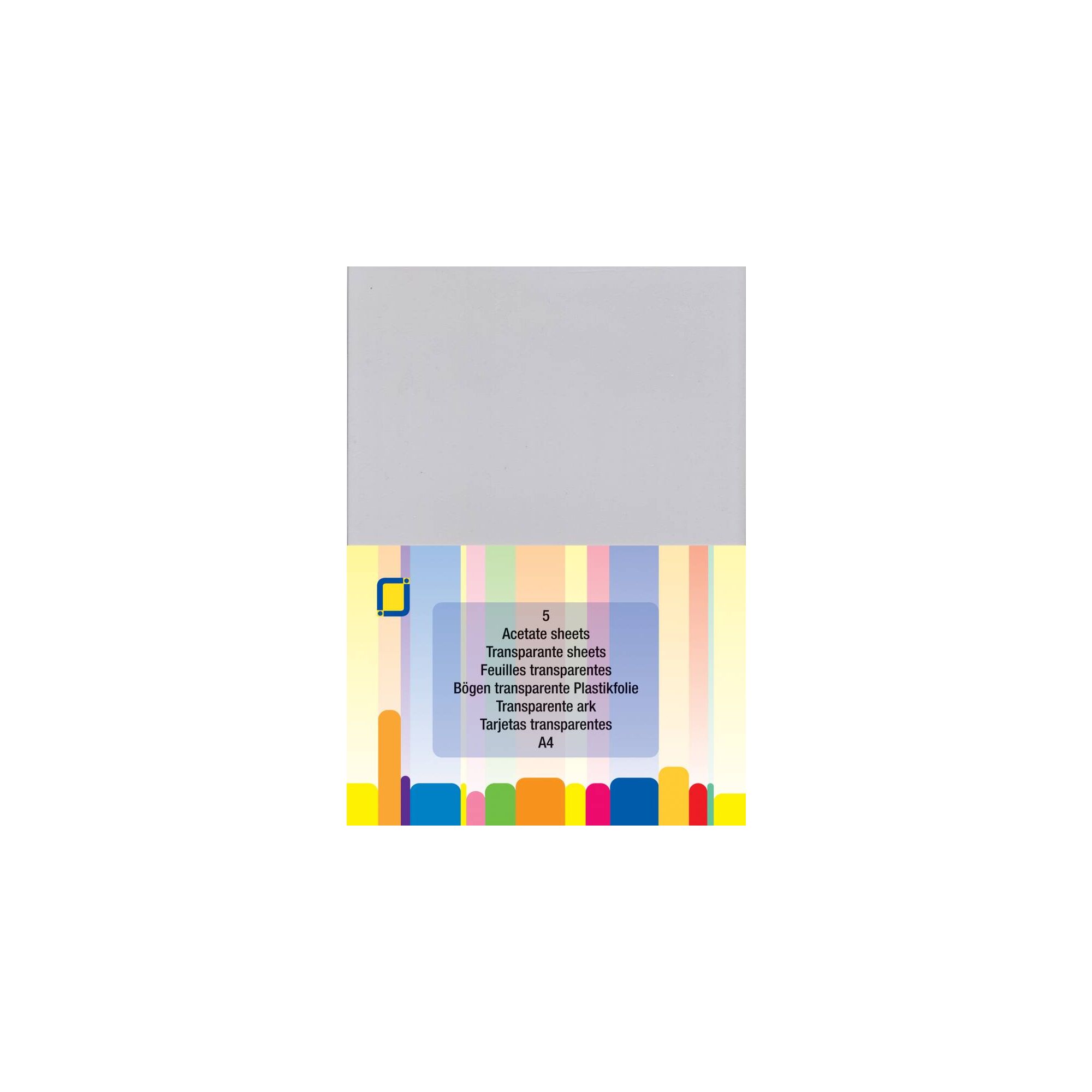
This strong, transparent plastic is available in rolls, pads, and sheets.Īcetate alternatives include Dura-Lar, which is also archival but more stable than acetate. It can also be used for creating animated drawings and for protecting artwork. Artists choose acetate film rolls, sheets, and pads for making overhead transparencies, overlays, and stencils. Made from Mylar or polyester, blank stencil film also can be used to create durable stencils that withstand handling and repeated use. PostcardsRus, however, produces affordable, quality printed materials using the acetate process.Stencil paper (also called stencil film) is the easiest way to transfer artwork onto engraving or carving surfaces. Products that use acetate, however, are expensive for home printers. Because of its widely used popularity, businesses often utilize ethyl acetate in products made in the United States, Europe, China, and South-East Asia.įor best results, you should order black and white prints on standard acetate and color prints on paper-backed acetate sheets. The fundamental use of ethyl acetate for both rotogravure and flexographic printing processes is to act as a solvent that dissolves the resin, maintains the ink drying rate, and manages adhesiveness. Companies often use the flexographic method for printing on food packages and labels. Flexographic: This printing process is used on underlying layers of paper, plastic, or metallic films.Products differ from engravings, newspapers, magazines, rigid material, and postcards.

Rotogravure: This method is an intaglio printing process that uses a cylinder etching to transfer ink on plastic or paper materials within a rotary press.Ethyl acetate is also used as a solvent in inks to produce rotogravure and flexographic printing materials.

Ethyl acetate (EAC) is an ester compound commonly used as a solvent in the printing industry that is composed of a C 4H 8O 2 formula. Matte acetate is one-sided which allows for prints that contains ink, pen, or pencil.Īcetate is also used in the printing industry to produce acetate film which is a transparent, plastic strip used to create negatives, graphics, and laminates. It is biodegradable and has been used in the printing industry for decades because of its stable performance process. It is used to produce overlays, graphic arts, and prints. Because acetate as a source of polymer, it is often used to create printing materials like plastic film, medical supplies, optic frames, and industrial tools.Ĭellulose acetate is clear and shiny on both sides of the sheet. It is produced from natural sources like cotton or wood chips. Many industries use ethyl acetate as a coating to create products that use acrylics, epoxies, vinyl, urethanes, and cellulosic which is used mainly in the furniture, construction, automobile, mining, and agriculture industries.Īcetate is a general term that defines any plastic film or sheets which comes from a material called cellulose acetate. Condiments like mustard also use acetate because of the anti-caking properties of the sodium acetate. Companies also use it in food that is canned, processed, pre-packaged, fermented, or condensed. It is an atom that contains a negative charge.Īcetate is an ingredient used in many products like cosmetics, cleaning supplies, and textiles.

Ester: It is a CH 3CO 2R formula that is popular in marketplace products.Once it reaches a 5.5 pH, it becomes acetate. Once the positive proton is donated, it creates acetic acid. Salt: It is a salt that produces a Na +CH 3COO formula.So, what the heck is an acetate, anyway? Acetate is a salt, ester, or anion compound formed from acetic acid. It is entirely possible that you have already used acetate in products that contain sodium acetate, ethyl acetate, ammonium acetate, methyl acetate, and polyvinyl acetate.


 0 kommentar(er)
0 kommentar(er)
